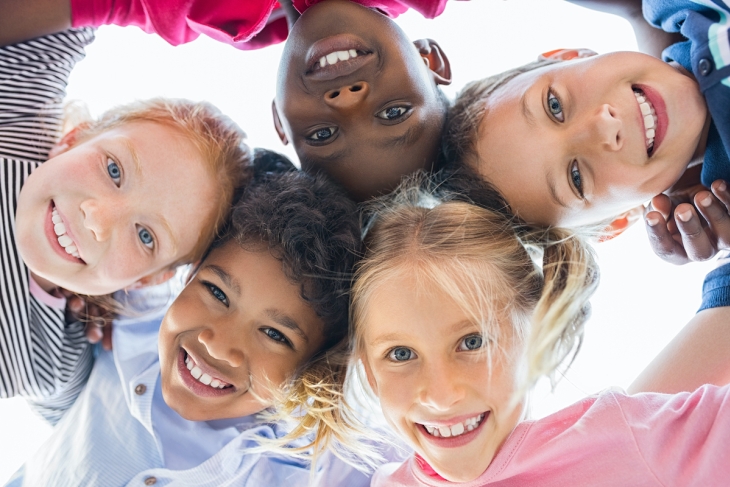The growth in popularity of social and emotional learning (SEL) is bringing with it increased attention to and scrutiny of what exactly SEL means and questions about whether it is something more than just another educational fad or ideological movement. These reactions are important in that the history of education is replete with examples of good ideas and promising practices that were rejected due to lack of clarity about definition and purpose, over-promising of results, less than rigorous implementation, and fears of ideological motivation. Push back regarding the common core standards, outcome-based education, and the self-esteem movement are just a few examples of how misperceptions, missteps, and mistrust derailed promising ideas and initiatives.
The good news is that there is a significant reservoir of support for the purpose and practices featured in most SEL programs. The pandemic has brought into focus the importance of skills such as coping, decision making, goal setting, and relationship building. Most adults see the need for young people do develop civic, moral, and character aspects of themselves.
However, failure to address areas of potential confusion and concern could seriously undermine and even imperil efforts related to SEL. In fact, without attention and effort now, SEL could become the next flash point in partisan political conflict. Let’s explore five aspects of SEL that deserve attention now if we hope to avoid having it become the next battle in the culture wars.
First, consider whether social and emotional learning is what you should call this effort. A recent survey by YouGov, commissioned by the Thomas B. Fordham Institute found that parents strongly support most of the components of social and emotional learning, but are resistant to the name. In fact, more that 75 percent of parents in both major political parties supported addressing the social and emotional needs of students. However, they rated the name at the bottom of a list of potential terms to describe the concept. The name most popular among parents was life skills. It seems the term social and emotional learning sounds too much like jargon and is open to a wide variety of interpretations and misperceptions.
Second, consider how social and emotional skill development can be a partnering effort with families. Many parents consider the skills associated with social and emotional development to also be part of their role and responsibilities as parents and families. There is little benefit in attempting to compete with this perception and significant opportunity in partnering to develop these skills in children and young people. In addition, when families see social and emotional learning as a shared effort, they are less likely to be suspicious or to join efforts to undermine the work.
Third, be clear and consistent in describing what SEL is and is not. Already, there are varied definitions of the skills, behaviors, and dispositions addressed under the umbrella of SEL. Lack of clarity is an invitation to skeptics and detractors to attack the movement and derail efforts to develop SEL competencies in students. The Collaborative for Academic, Social, and Emotional Learning (CASEL) framework includes five dimensions: self-awareness, self-management, social awareness, relationships skills, and responsible decision-making. While these elements define broad areas for attention, they remain open to considerable interpretation and potential misinterpretation.
Fourth, be careful not to oversell the academic impact of SEL. While SEL can provide support for academic learning efforts and processes, it is largely a complement to academic learning. Promising increased academic scores because of SEL efforts would likely be difficult to document. Certainly, SEL efforts can prepare students to become more engaged, confident learners and more successful adults, but promising specific academic outcomes tied to SEL is risky.
Fifth, communicate the connection between SEL and character development and civic education. There is broad consensus across political boundaries that we need more civic engagement and character development. Characteristics such as integrity, honesty, and empathy enjoy near universal support. Adults across the political spectrum also tend to agree that civil behavior, civic engagement, and social consciousness are important aspects of youth development.
Of course, there probably is not a path that will be free of questions and doubt, but by knitting together a strong case for addressing the social and emotional needs and skills of today’s young people we can preempt much of the strongest resistance. Meanwhile, our efforts can make a dramatic difference in the success and happiness of the generation now in our schools.
Editor’s note: This was first published by The Master Teacher.


